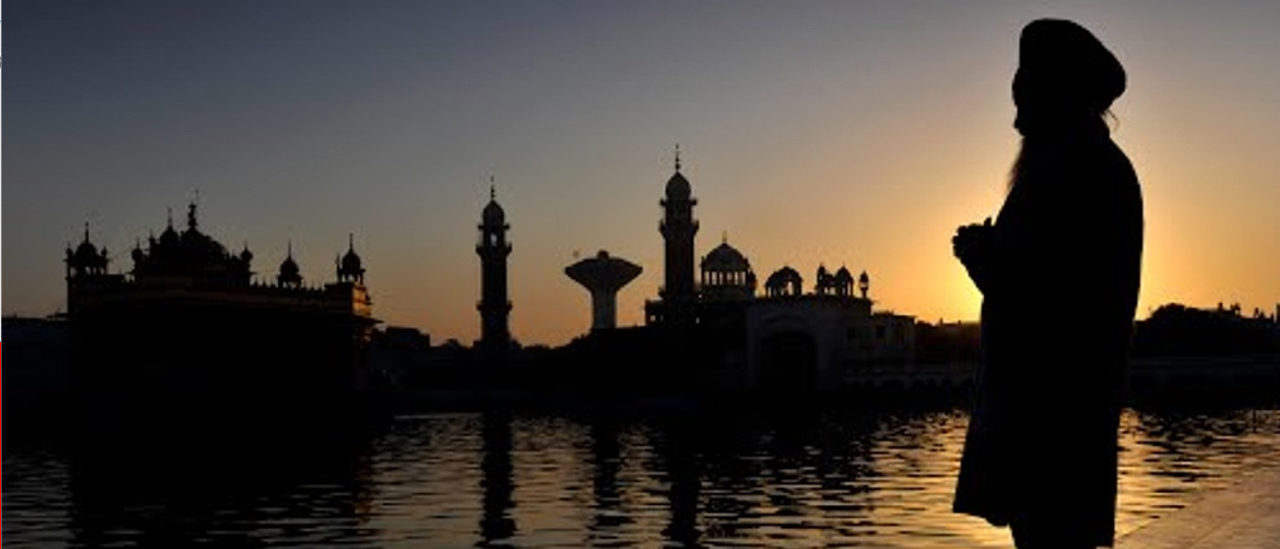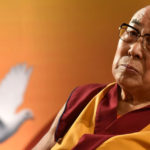The name “Sikhism” comes from “Sikh,” which means “a strong and able disciple.”
Reflecting its religious context, Sikhism has elements of Hinduism and Islam in its beliefs, practices, and traditions. Some of its doctrines, such as certain aspects of its teaching on God, reflect Islam more than Hinduism, while other doctrines, such as karma, reflect Hinduism more than Islam. These characteristics result in a distinct religion, but one which has been heavily influenced by other faiths.
Religious Authority The ultimate source of authority and doctrine in Sikhism is the sacred book, the Adi Granth. In the event of disputes, a council is convened at the Akal Takht (“Throne of the Timeless”), a building facing the Harimandir temple in Amritsar. Resolutions passed by this council carry spiritual sanction.
God in Sikhism Sikhism is monotheistic, strongly emphasizing belief in one true God. Guru Nanak used the Hindu mystic syllable om as a symbol of God. He added the qualifications of God as one and creator, resulting in the ik onkar symbol. Sikhism forbids the representation of God in images and the worship of idols.
Karma and Reincarnation Sikhism retains the general Hindu conception of the universe and the doctrine of samsara, or rebirth, based on karma. Human birth is the only chance to escape samsara and attain salvation.
Khalsa and State Especially after conflict with the Mughal empire in Sikh history, religion and politics have been closely associated in Sikhism. Establishment of a Sikh state is a matter of religious doctrine, and all services end with the chant, “Raj karey Ga Khalsa” (the Khalsa shall rule).








